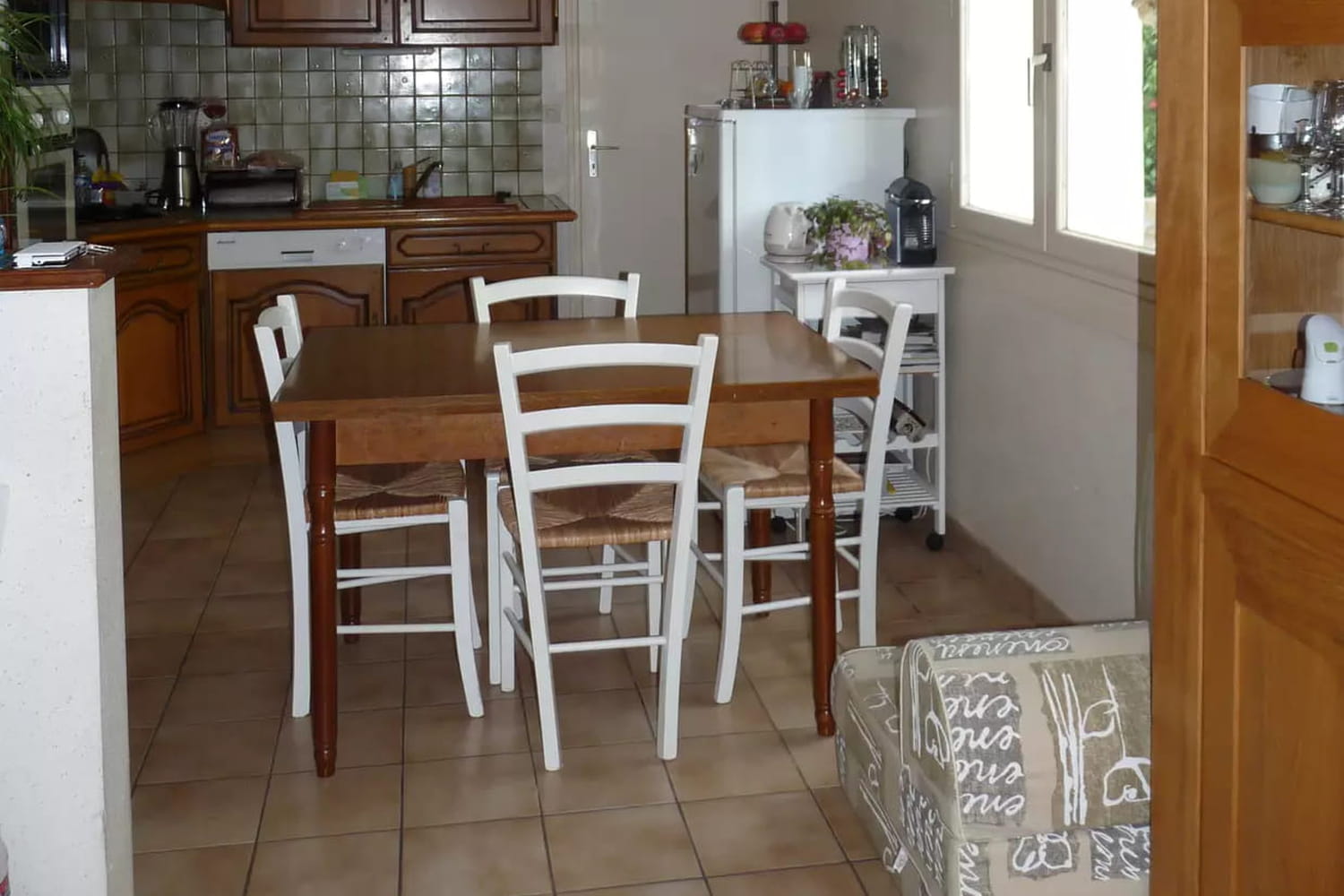Changing tiles without breaking everything is possible. If your floor is dated or you no longer like it, a simple and quick solution allows you to modernize it without incurring major work.
Tiling is one of the most common coverings in homes. We find it in the kitchen, the bathroom, the entrance or even on a terrace. This is no coincidence: it resists humidity very well, withstands shock, is easy to clean and offers a wide choice of styles. Porcelain stoneware, marble, mosaic, cement tiles… it adapts to almost any atmosphere. Its simple maintenance and long lifespan make it a safe choice for many homeowners.
But tiling has a major flaw: once installed, it is difficult to replace. Removing it requires breaking up the old slabs, removing the rubble, preparing the floor again and installing a new covering. This generates dust, requires several days of work and represents a significant budget. This is a real problem when you buy a property with dated or very marked tiling, or when you want to modernize a room without launching a major project. Over time, certain patterns or colors can age the space and give the impression of frozen decoration. Fortunately, today there is a much simpler, faster and more accessible solution for changing the appearance of a tiled floor without breaking everything.
This alternative consists of applying a coating which is placed directly on the existing tiling. It offers a continuous surface, without joints, which facilitates maintenance and prevents dirt from becoming encrusted. It is waterproof, scratch resistant and suitable for water features. It also allows you to modernize the appearance of the floor thanks to a wide variety of shades, effects and finishes, from matte to glossy. Another advantage: implementation is much faster than a complete renovation. And the solution remains sustainable. This practical and versatile coating is resin.
Before getting started, a few conditions must be met. The floor must be clean, dry, stable and perfectly adherent. The existing tiles must not sound hollow or come loose, otherwise they will have to be refinished before application. The joints must be clean and, if necessary, lightly filled in to obtain a regular base. Good preparation is essential to ensure durability and a perfectly uniform finish. In some cases, a specific undercoat is necessary to promote adhesion.
Even if the resin can be applied by an individual, a professional guarantees a homogeneous result, especially on large surfaces. He can also recommend the most suitable finish for the room: non-slip for a bathroom, smoother for a living room.








